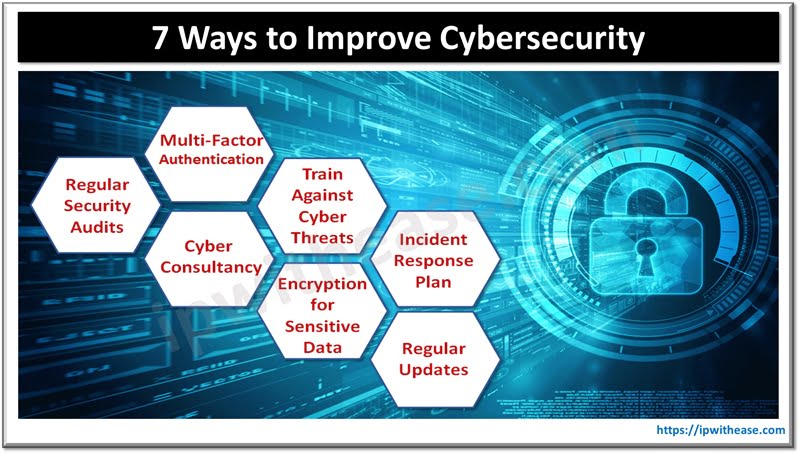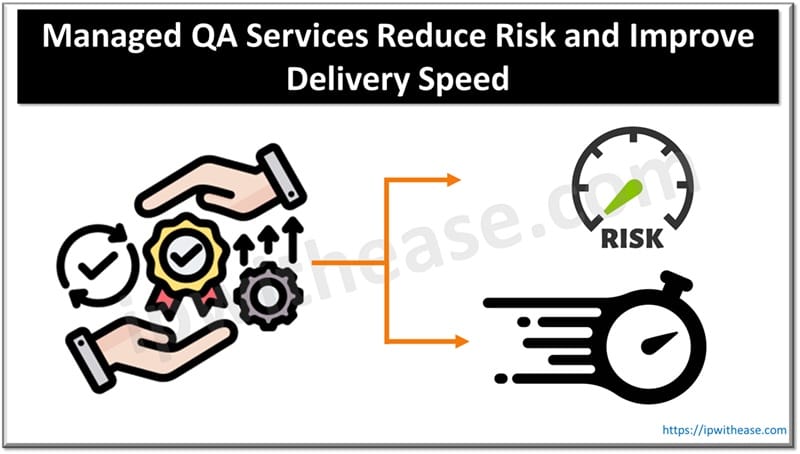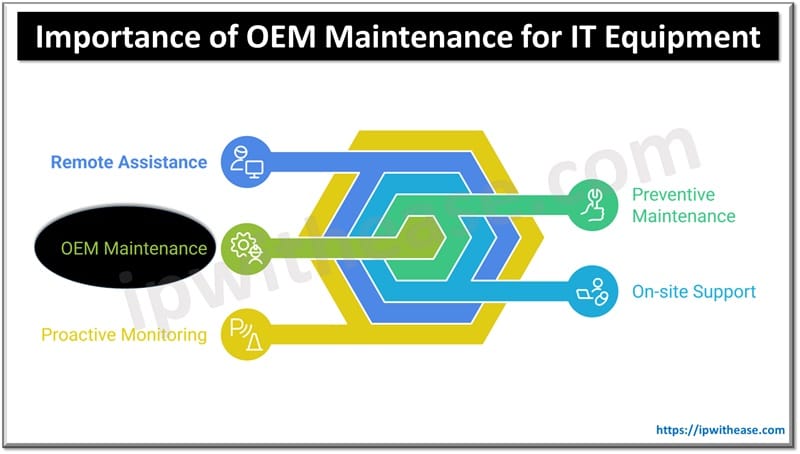Table of Contents
In today’s digital age, cybersecurity is more important than ever. With businesses increasingly relying on technology for their operations, the threat of cyberattacks has grown exponentially. The consequences of a breach can be devastating, from financial losses to damage to a company’s reputation. Protecting sensitive data and ensuring the security of your systems are no longer optional but essential.
This article aims to provide practical, actionable steps to enhance your company’s cybersecurity, helping you stay ahead of potential threats and safeguard your business from cybercriminals.

Ways to Improve Cybersecurity
1. Conduct Regular Security Audits
Security audits are fundamental to maintaining a strong cybersecurity defense. These audits involve a thorough examination of your company’s IT infrastructure to identify vulnerabilities and ensure compliance with security policies and standards. Regular security audits can uncover weaknesses that cybercriminals might exploit, allowing you to address these issues proactively.
Conducting security audits should be a routine part of your cybersecurity strategy. Internal audits performed by your IT team can provide ongoing insights into your security posture. However, external audits conducted by independent cybersecurity professionals offer an unbiased assessment and can reveal issues that internal teams might overlook. Regular audits ensure that your security measures evolve with the ever-changing threat landscape, keeping your defenses up-to-date and effective.
Related: What is an Attack Surface in Cyber Security? Types, Management & Mitigation
2. Hire a Consultant
Hiring a cyber security consultant can significantly enhance your company’s security posture. These experts bring a wealth of knowledge and experience, providing specialized guidance tailored to your business’s unique needs.
Cybersecurity consultants can assist with risk assessments, strategy development, and the implementation of security measures. They conduct thorough assessments to pinpoint vulnerabilities and recommend effective solutions. Additionally, consultants can help develop comprehensive cybersecurity strategies, ensuring that your defenses are aligned with industry best practices. They can also offer training to your staff, equipping them with the knowledge to recognize and respond to potential threats.
3. Implement Multi-Factor Authentication (MFA)
Multi-factor authentication (MFA) is a highly effective method for boosting your company’s cybersecurity. It involves requiring users to present multiple types of verification to access systems and data. This process includes 3 elements:
- something the user knows, such as a password;
- something the user has, like a mobile device or security token; and
- something the user is, such as a biometric identifier (e.g., fingerprint or facial recognition)
By combining these factors, MFA significantly reduces the likelihood of unauthorized access.
Implementing MFA significantly reduces the risk of unauthorized access, even if passwords are compromised. For example, if a cybercriminal obtains an employee’s password, they would still need the second form of verification to access the system. This added layer of security makes it much harder for attackers to breach your defenses. Ensure that MFA is implemented across all critical systems and applications to maximize its effectiveness.
4. Train Employees on Cybersecurity Best Practices
Your employees are your first line of defense against cyber threats. Training them on cybersecurity best practices is crucial in preventing breaches. Many cyberattacks exploit human error, such as clicking on phishing emails or using weak passwords. Educating your staff about these risks can significantly reduce the likelihood of such incidents.
Cybersecurity training should cover essential topics such as recognizing phishing attempts, creating strong passwords, and securely handling sensitive information. Regular workshops, online courses, and updates on the latest threats can keep your team informed and vigilant. Additionally, consider implementing simulated phishing exercises to test your employees’ awareness and reinforce their training.
Related: Managed Detection and Response (MDR) – Cyber Security
5. Use Encryption for Sensitive Data
Encryption is a critical tool for protecting sensitive information. It converts data into a code to prevent unauthorized access. Only those with the decryption key can read the information, making it an effective safeguard against data breaches.
There are two main types of encryption: symmetric and asymmetric. To protect your company’s sensitive data effectively, apply encryption for both data in transit and data stored at rest. Implement encryption across your company’s systems and data storage to protect sensitive information from cyber threats. Regularly update your encryption methods to stay ahead of potential vulnerabilities.
6. Develop and Maintain an Incident Response Plan
An incident response plan is essential for managing and mitigating the impact of a cybersecurity breach. This plan outlines the steps your company will take in the event of an incident, ensuring a coordinated and effective response. Having a well-developed incident response plan can minimize damage, reduce recovery time, and help maintain business continuity.
Your incident response plan should include specific roles and responsibilities, communication strategies, and detailed procedures for containment, eradication, and recovery. It’s important to regularly test and update the plan to address new threats and changes in your IT environment. Conducting regular drills and simulations can help ensure that your team is prepared to respond swiftly and effectively in the event of a breach.
7. Regularly Update and Patch Systems
Keeping your software and systems updated is a critical component of a strong cybersecurity strategy. Cybercriminals often exploit known vulnerabilities in outdated software to gain access to networks and data. Regular updates and patches can fix these vulnerabilities, making it much harder for attackers to penetrate your defenses.
Ensure that your IT team stays on top of all software updates and patches. Implementing an automated update system can help ensure that no critical updates are missed. Additionally, regularly review and update all software and hardware components to protect against newly discovered threats.
Conclusion
Enhancing your company’s cybersecurity is a process that requires vigilance, knowledge, and proactive measures. In today’s digital landscape, where cyberattacks are increasingly sophisticated and frequent, taking these steps is crucial to protect your business and ensure its continued success.
Investing in cybersecurity not only safeguards your company’s data and systems but also builds trust with your clients and partners. It demonstrates your commitment to protecting their information and maintaining the highest standards of security. As cyber threats continue to evolve, staying informed and prepared is your best defense. Take action now to enhance your cybersecurity and secure your business’s future.
ABOUT THE AUTHOR
IPwithease is aimed at sharing knowledge across varied domains like Network, Security, Virtualization, Software, Wireless, etc.



